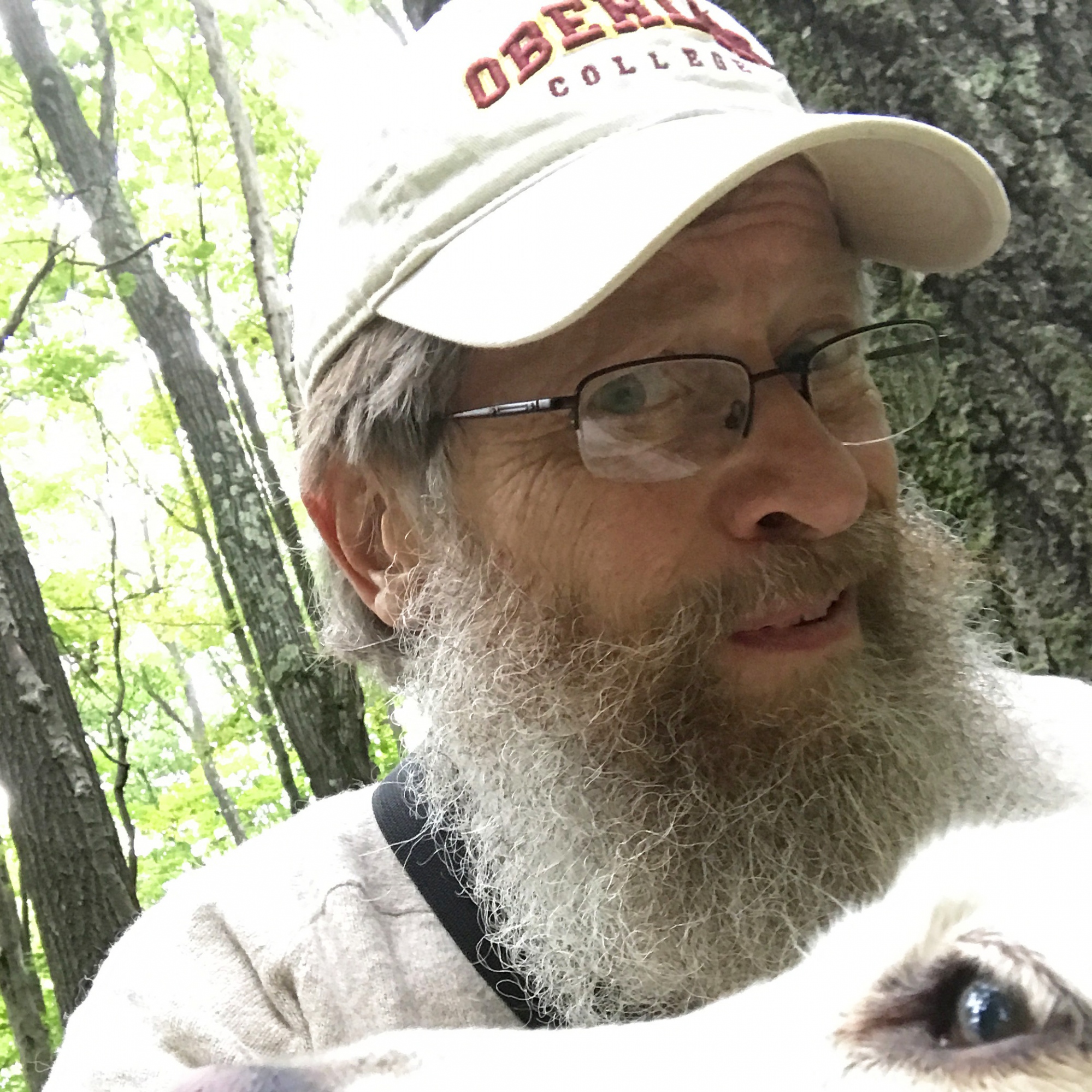Secretary, Pennsylvania Department of Conservation and Natural Resources
Positioning Pennsylvania's Public Lands to Address Emerging Issues
The Pennsylvania Department of Conservation and Natural Resources manages 2.5 million acres of state parks and forests. The commonwealth's Constitution guarantees that all Pennsylvanians have the right to clean air, pure water, and to the preservation of the natural, scenic, historic, and esthetic values of the environment. DCNR acts as trustee of those natural resources, and works to enhance recreational opportunities and provide science-based expertise to improve the quality of life for all Pennsylvanians.
The department's core work includes managing state forests and parks under an ecosystem management approach to retain their wild character and maintain biological diversity while providing pure water, habitats for forest plants and animals, opportunities for recreation, and sustained yields of quality timber. Combined, our state forests and parks boast almost 250,000 acres of natural areas and wild areas, lands set aside to protect some of the state's most rare and unusual species, natural communities, and geologic, scenic, and historic features. Stewardship of these vital resources takes in to account the experience with nature for current and future generations of Pennsylvanians.
Given the environmental, social and conservation challenges Pennsylvania faces, DCNR has pushed beyond its core work managing public lands to address emerging issues including climate change and sustainability, water quality and quantity, jobs in the forest products industry, and the next generation of conservationists.
Secretary Dunn will discuss how Pennsylvania natural areas are critical habitats often functioning as refuges and corridors for wildlife in a changing climate; the link between land and water management and conservation; and how critical it is to connect young people to the outdoors and to solving environmental problems.

Chair, Virginia Game and Inland Fisheries Commission and Former Head of Fisheries at U. S. Fish and Wildlife Service
Our Core and Our Code: Radical Collaboration and Transformational Actions in the Natural Areas Community
Dr. Parker will share her views on the importance of maintaining our current core and code while moving to radical collaboration and transformational actions related to natural areas. She will discuss opportunities to enhance land protection, including innovative solutions to clean water use, and adaptable strategies related to species protection and habitat management in the age of energy development, invasive species, and more storms, droughts, flooding, and fires. Dr. Parker uses storytelling to share her journey and life lessons from the Mississippi River delta lands to the Chesapeake Bay watershed, inspiring the audience to take personal, courageous actions to address climate change and other challenges by building stronger bridges to engage nontraditional partners and multiple generations.

Senior Director-Conservation Science, Western Pennsylvania Conservancy
Landscapes and Biodiversity of Penn's Woods
Pennsylvania was dubbed Penn's Woods early on, and is also known as the Keystone State for its important role in the mid-Atlantic region. Spanning from the Ohio River to the Delaware, from Lake Erie sand dunes to the shale and serpentine barrens of the southern counties, the keystone includes enough biodiversity to keep any naturalist and conservationist busy for a few lifetimes. Using approaches of watersheds and ecoregions, this introduction will provide an overview of our biogeography, flora, fauna and range of habitats, along with a few sidebars of land use history and a few of the key early natural historians who studied the region. In addition to an overview of biodiversity, Pennsylvania's globally significant role in conservation will be presented.

Director of Conservation Science: Eastern US - The Nature Conservancy
Resilient and Connected Landscapes to Sustain Nature's Diversity under Climate Change
Natural areas are critical for sustaining biodiversity and ecological services under climate change but how do we ensure that our network of secured areas will collectively sustain the full spectrum of nature's diversity and services while allowing for adaptation and movement? Over the last decade, The Nature Conservancy, in collaboration with over 100 scientists, has developed an approach to identifying and mapping a network for the US that is specifically designed to sustain biodiversity under a changing climate. The criteria require sites to be 1) individually resilient, 2) collectively representative of all geophysical environments, 3) configured to facilitate range shifts, and 4) stocked with thousands of high-quality natural communities and rare species populations. These concepts play out differently in different regions of the US, and we will look at examples of the resulting network from across the country. In the Eastern US, the results prioritized a connected network that covered 23% of the region and contains 80,000 confirmed biodiversity elements and multiple resilient examples of all 61 geophysical settings. The eastern network also accounts for 56% of the above-ground carbon and 75% of the high value water supply land, produces 1.8 billion tons of oxygen annually, and mitigates 1.3 tons of air pollution. The approach highlights the question: Can we collectively coordinate our conservation efforts to have a greater impact and sustain diversity at a national scale?

Support the people who manage our natural areas and protect biodiversity in perpetuity.